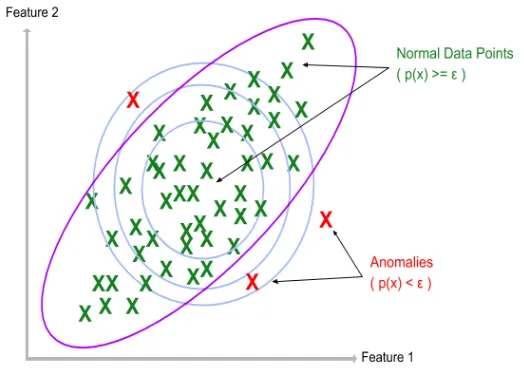What is an Anomaly?
An anomaly by definition is something that deviates from what is standard, normal, or expected.
When dealing with datasets on a binary classification problem, we usually deal with a balanced dataset. This ensures that the model picks up the right features to learn. Now, what happens if you have very little data belonging to one class, and almost all data points belong to another class?
In such a case, we consider one classification to be the ‘normal’, and the sparse data points as a deviation from the ‘normal’ classification points.
For example, you lock your house every day twice, at 11 AM before going to the office and 10 PM before sleeping. In case a lock is opened at 2 AM, this would be considered abnormal behavior. Anomaly detection means predicting these instances and is used for Intrusion Detection, Fraud Detection, health monitoring, etc.
In this article, I show you how to use pycaret on a dataset for anomaly detection.
What is PyCaret?
So, simply put, pycaret makes it super easy for you to visualize and train a model on your datasets within 3 lines of code!
So let’s dive in!
#anomaly-detection #machine-learning #anomaly #fraud-detection #pycaret
